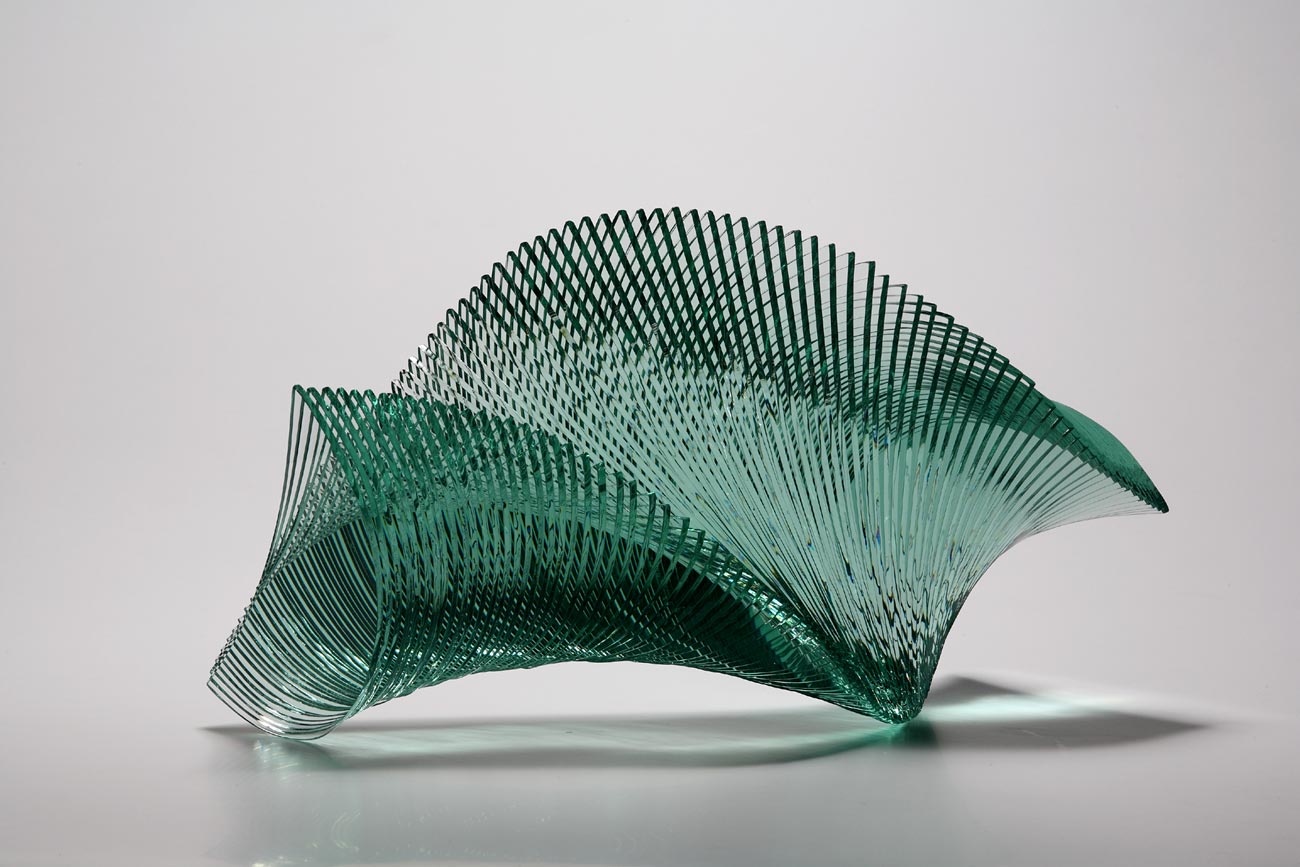

The Beauty and Functionality of Patterned Glass
Patterned glass is a unique material that has captivated architects, designers, and homeowners alike for centuries. Its ability to blend aesthetics with functionality makes it an exceptional choice for a variety of applications. In this article, we will explore the history, types, benefits, and uses of patterned glass, highlighting its role in contemporary architecture and design.
A Brief History of Patterned Glass
The use of patterned glass dates back to ancient civilizations, where artisans created decorative glass for windows and vessels. This form of glassmaking spread across Europe during the Middle Ages, particularly within the context of stained glass windows in cathedrals. Over time, artisans developed various techniques for imbuing glass with patterns—including etching, pressing, and frosted finishes.
During the Industrial Revolution, advances in technology facilitated the production of patterned glass on a larger scale, making it more accessible to the general public. Today, contemporary techniques allow for endless possibilities, enabling designers to create bespoke pieces that cater to individual tastes and needs.
Types of Patterned Glass
Patterned glass comes in a variety of forms, each with its unique aesthetic and functional qualities. Some common types include
1. Frosted Glass This type features a smooth, sandblasted surface that diffuses light while maintaining privacy. It is often used for bathroom windows and shower doors.
2. Textured Glass This includes glass that has been pressed into specific patterns, such as waves, bubbles, or geometric designs. Textured glass can create stunning visual effects when light passes through.
3. Stained Glass Often seen in churches, stained glass utilizes colored glass and intricate designs to tell a story or convey a message. It is a centuries-old art form that continues to enchant viewers.
4. Etched Glass This involves the use of acid or sandblasting to create designs on the surface. Etched glass can range from simple monograms to intricate florals and landscapes.
5. Laminated Glass This type of glass consists of multiple layers, which can include patterned interlayers. It combines safety with decoration, making it ideal for commercial and residential applications.
Benefits of Patterned Glass

Patterned glass offers a myriad of advantages, making it a preferred choice in both residential and commercial settings
- Light Diffusion One of the primary benefits of patterned glass is its ability to diffuse light, creating a softer ambiance. This characteristic is particularly valuable in spaces that require natural light without sacrificing privacy.
- Aesthetic Appeal The variety of patterns and textures available allows for personalized design choices, turning ordinary glass panels into striking focal points. Whether minimalist or ornate, patterned glass can enhance the overall design of a space.
- Privacy Many types of patterned glass offer a degree of privacy while still allowing light to enter. This feature makes them ideal for bathrooms, offices, and public spaces.
- Durability Patterned glass is often treated for added strength and resilience, making it suitable for high-traffic areas. It retains its beauty over time, resisting scratches and fading.
Uses of Patterned Glass
The versatility of patterned glass makes it suitable for a wide range of applications across various sectors
- Residential Design Homeowners frequently use patterned glass for interior doors, windows, and cabinet doors to create elegance and visual interest.
- Commercial Spaces Offices, hotels, and restaurants incorporate patterned glass in partitions, windows, and storefronts to add character and enhance the guest experience.
- Architectural Features Patterned glass can serve structural as well as decorative purposes, such as in curtain walls, skylights, and railings, creating an attractive exterior that catches the eye.
- Art Installations Artists often use patterned glass in their installations to manipulate light and shadow, offering an interactive experience for viewers.
Conclusion
Patterned glass stands at the intersection of beauty and practicality, offering an array of benefits that make it a sought-after material for architects and designers. Whether used to create privacy, diffuse light, or enhance a space’s aesthetics, patterned glass continues to inspire creativity and innovation in the world of design. As we look to the future, one can only imagine the exciting developments that will arise in the field of patterned glass, pushing the boundaries of what this remarkable material can achieve.